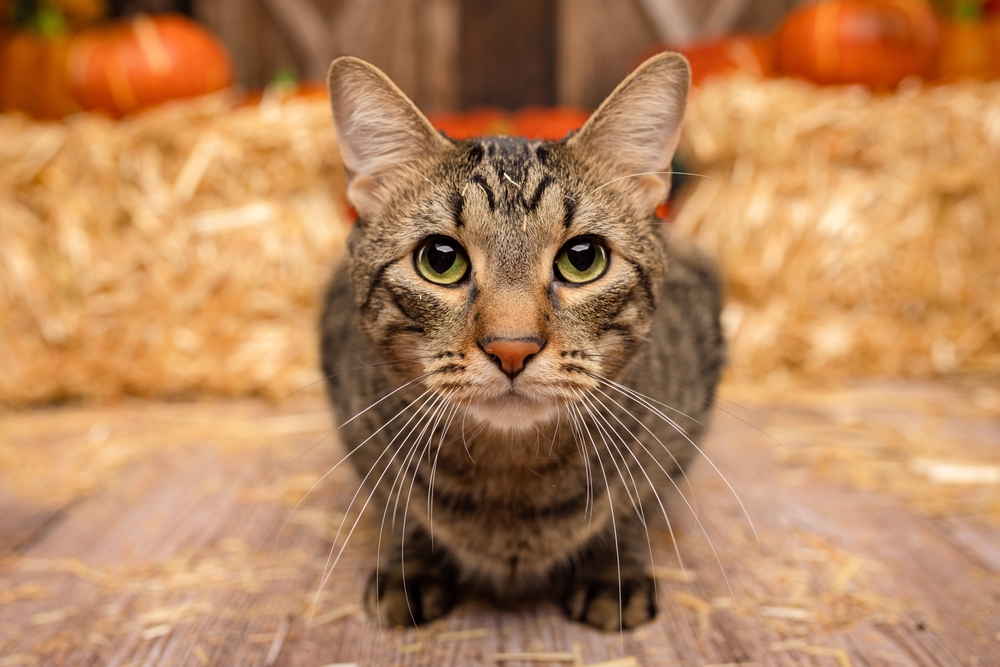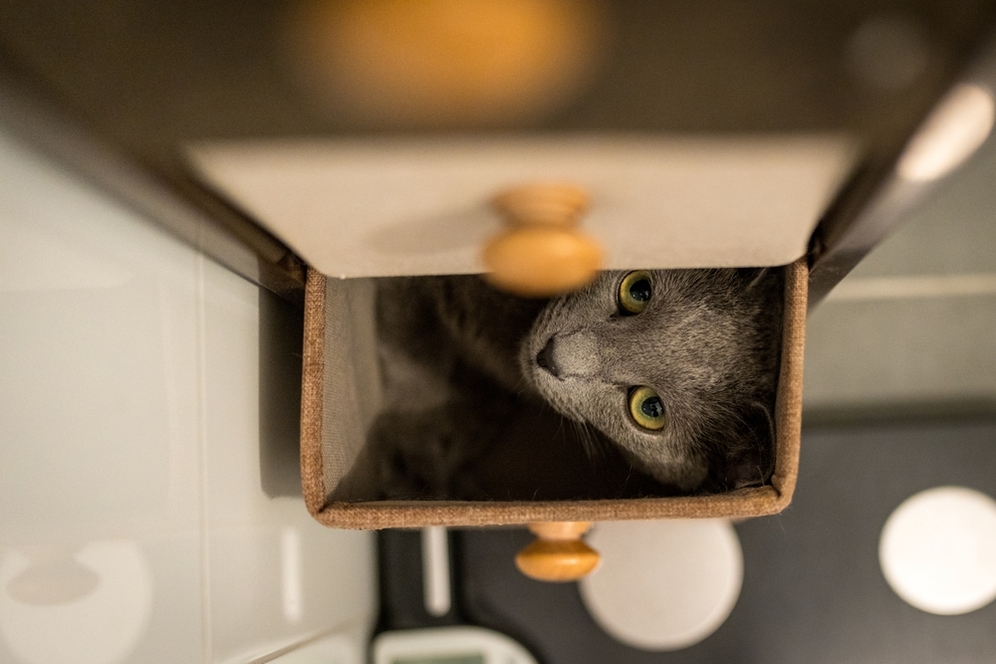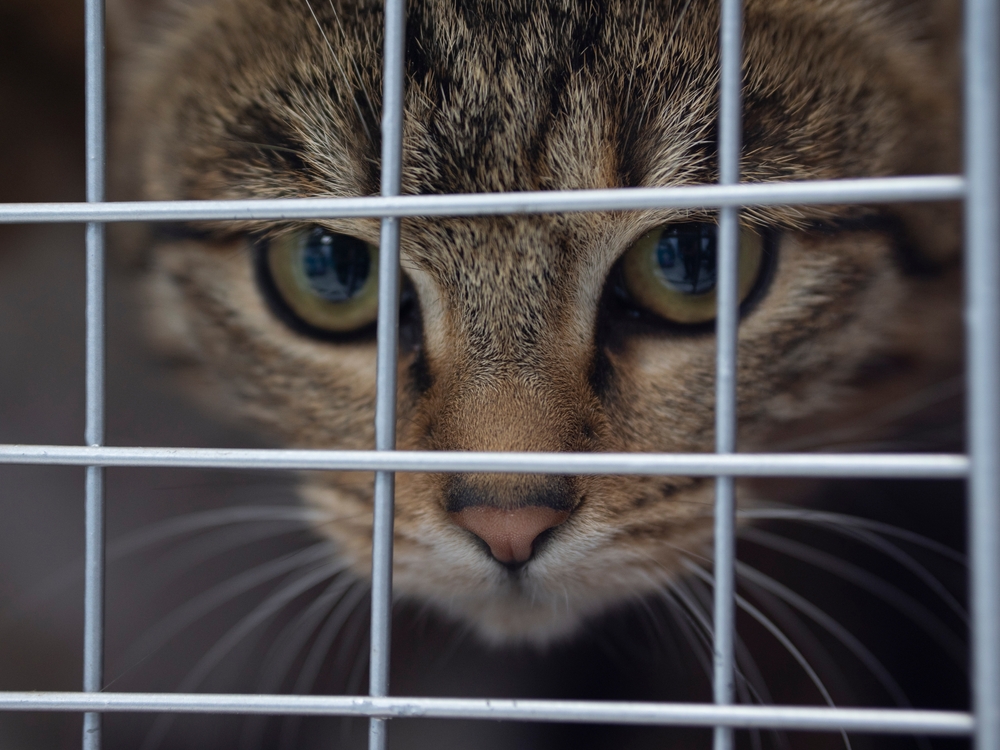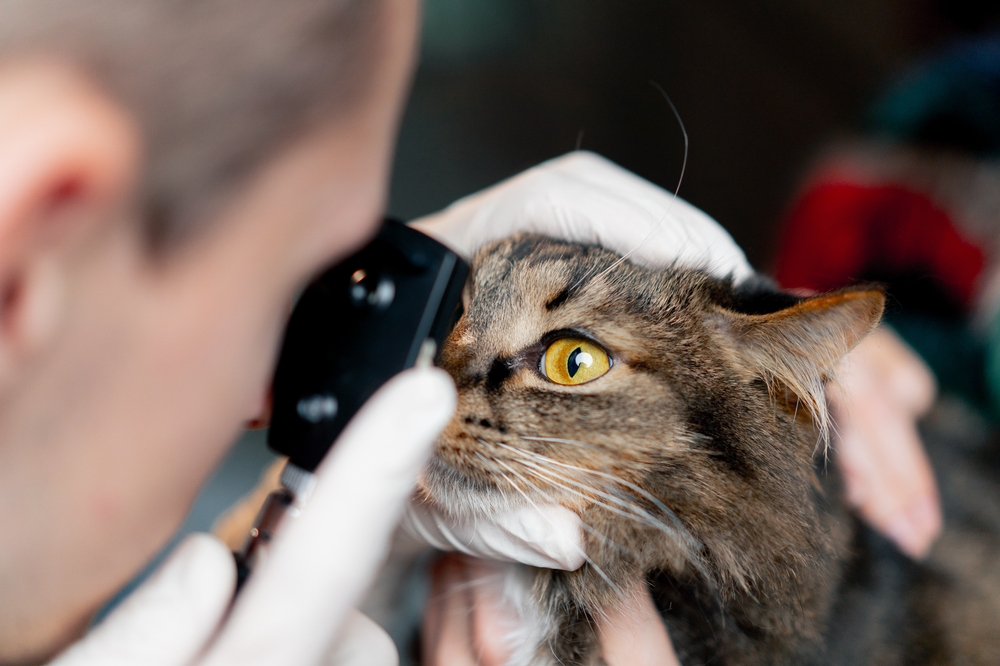Best TNVR Traps for Success: The Art of Humane Trapping
Choosing the right tool is essential when it comes to TNVR (Trap-Neuter-Vaccinate-Return). The best TNVR traps don’t just facilitate efficient trapping—they also reduce stress for cats and ensure the safety of handlers. With so many options on the market, selecting the perfect trap can feel overwhelming, but the right knowledge makes all the difference.
This guide will walk you through the different types of humane traps, key features to consider, and tips for using them effectively. Whether you’re an experienced rescuer or a beginner, you’ll be empowered to make smart choices that lead to TNVR success.
Why the Right Trap Matters
The tools you choose can dramatically impact the success of a TNVR operation. Humane traps are designed for the specific behaviors and needs of feral and stray cats. Using the right equipment ensures safer processes for both cats and humans, while also improving trapping efficiency.
Key Benefits of Choosing the Right Trap
- Safety: Proper traps prevent injury to cats, handlers, and other wildlife.
- Efficiency: High-quality traps are more reliable, saving time during large-scale operations.
- Stress Reduction: Humane designs minimize trauma for cats, making the experience less frightening.
- Compliance: Using humane tools shows respect for local regulations and TNVR best practices.
By understanding the variety of humane traps available, you can feel confident in selecting the right option for your next rescue initiative.
Types of Humane Cat Traps
Each type of trap offers unique benefits depending on the situation and the temperament of the cats you’re trying to catch. Here’s a closer look at the options.
Single-Door Traps
Overview:
Single-door traps are the go-to choice for many beginners, thanks to their simple mechanism and reliability. Cats enter through one end, stepping on a trigger plate that closes the single door behind them.
Best For:
- Rescuers new to TNVR
- Calm or predictable cats
Pros:
- Easy to set up and transport
- Straightforward mechanism reduces errors
- Ideal for standard trapping
Cons:
- May not work well for cats wary of tight spaces
Double-Door Traps
Overview:
With doors on both ends, double-door traps allow cats to see a clear exit, encouraging them to enter more confidently. Some designs also allow for a secondary exit to coax hesitant cats closer.
Best For:
- Wary or trap-savvy cats
- Situations requiring increased bait visibility
Pros:
- Reduces hesitation in entering
- Offers greater visibility for cats
- Effective for more cautious ferals
Cons:
- Slightly more complex to position and set up
Drop Traps
Overview:
Drop traps work by lowering a net or cage over a cat rather than relying on the cat to walk inside. This makes them invaluable for catching reluctant or highly intelligent cats.
Best For:
- Cats who have learned to avoid traditional traps
- Feeder setups where cats gather in predictable locations
Pros:
- No need for cats to step inside, increasing chances of success
- Effective for hard-to-catch individuals
Cons:
- Requires careful monitoring
- Bulky and less portable
Transfer Cages & Add-Ons
Overview:
Once a cat is trapped, transfer cages make it easier to handle them during transport, medical exams, and recovery. Specialized additions such as trap dividers and isolation cages enhance safety and ease for caretakers.
Best For:
- Transport and post-surgery recovery
- Temporary containment
Pros:
- Reduces stress and injury risk during transitions
- Keeps both cats and handlers safe
Cons:
- Effective as supplementary tools, not standalone traps
Trap Features to Consider
Not all traps are created equal. Understanding trap features can save time, money, and effort.
What to Look For in a Trap
- Size: Ensure the trap accommodates the average size of the cats in your target colony. Adequate space prevents cats from feeling too confined.
- Weight & Portability: Lightweight traps are easier to transport, but ensure they’re durable enough for regular use.
- Material Quality: Heavy-duty materials like galvanized steel resist wear and weather damage.
- Sensitivity: Look for traps with adjustable trigger plates to increase reliability and minimize misfires.
- Baiting Options: Check for accessible bait placement designs—clear access reduces frustration for rescuers.
Pro Tip
If you’re trapping kittens, look for traps with finer mesh to prevent young cats from slipping through.
Top Picks & Where to Get Them
| Trap Type | Brand/Model | Highlights |
| Single-Door Trap | Tru-Catch TS30 | Durable, beginner-friendly, easy setup |
| Double-Door Trap | Tomahawk 608SS | Extra visibility, adjustable triggers |
| Drop Trap | Neighborhood Cats Drop Trap | Lightweight, effective for tricky cats |
| Transfer Cage | Tomahawk TNR Transfer Cage | Secure design for safe transport |
Where to Buy
Looking to snag one of these nifty traps for your TNR (Trap-Neuter-Return) adventures? Here’s where you can find them:
- Tru-Catch TS30 (Single-Door Trap) – Visit the Tru-Catch website for more details and to purchase this trap directly.
- Tomahawk 608SS (Double-Door Trap) – Check out Tomahawk Live Trap to grab this handy option with all the extra visibility perks.
- Neighborhood Cats Drop Trap – Swing over to the Neighborhood Cats website to get your paws on this clever drop trap.
- Tomahawk TNR Transfer Cage – Find the secure and reliable transfer cage over at Tomahawk Live Trap.
If online shopping feels like your jam, you’re in luck—these traps are also available on popular platforms like Amazon, making it super easy to browse, compare, and click “Add to Cart” without leaving your comfy chair.
Using Traps Humanely & Effectively
The best traps won’t work without proper setup and care. A thoughtful approach ensures the experience is safer and less stressful for the cats involved.
Tips for Success
- Placement Matters: Position traps in areas where cats feel comfortable, such as near feeding zones or hidden pathways.
- Use Irresistible Bait: Sardines, tuna, or warmed chicken can increase your chances of success.
- Create a Routine: Feed in a consistent location for several days before introducing traps to build trust.
- Monitor Closely: Never leave traps unattended—this endangers cats and reduces effectiveness.
- Stay Calm & Quiet: Approach with care to avoid alarming captured cats.
- Immediately Cover the Trap: Once the cat triggers the trap, promptly drape a towel or blanket over it. This quick action helps keep the cat calm by providing a dark, enclosed space that feels safe and comforting. It also minimizes the risk of injury if the cat becomes frightened and tries to escape.Think of it as a calming “privacy barrier” that helps reduce stress for the cat. For feral cats, limiting visual stimuli can create a sense of security, helping them feel less exposed and more at ease in their environment.
Tools That Save Lives
TNVR isn’t just about traps—it’s a holistic approach to reducing cat overpopulation and improving colony health. By choosing the best TNVR traps and adopting humane practices, you’re playing a vital role in lifesaving efforts across your community.
How You Can Get Started
- Download the TNVR Trap Comparison Chart: A free, handy guide for selecting the right tools.
- Explore the FAN Campaign Hub: Learn how to fund your trapping initiatives or access support here.
- Share This Guide: Empower fellow rescuers with the knowledge to succeed in their TNVR efforts.
Together, we can create safer, healthier lives for cats—one trap, one colony, and one compassionate decision at a time.










0 Comments